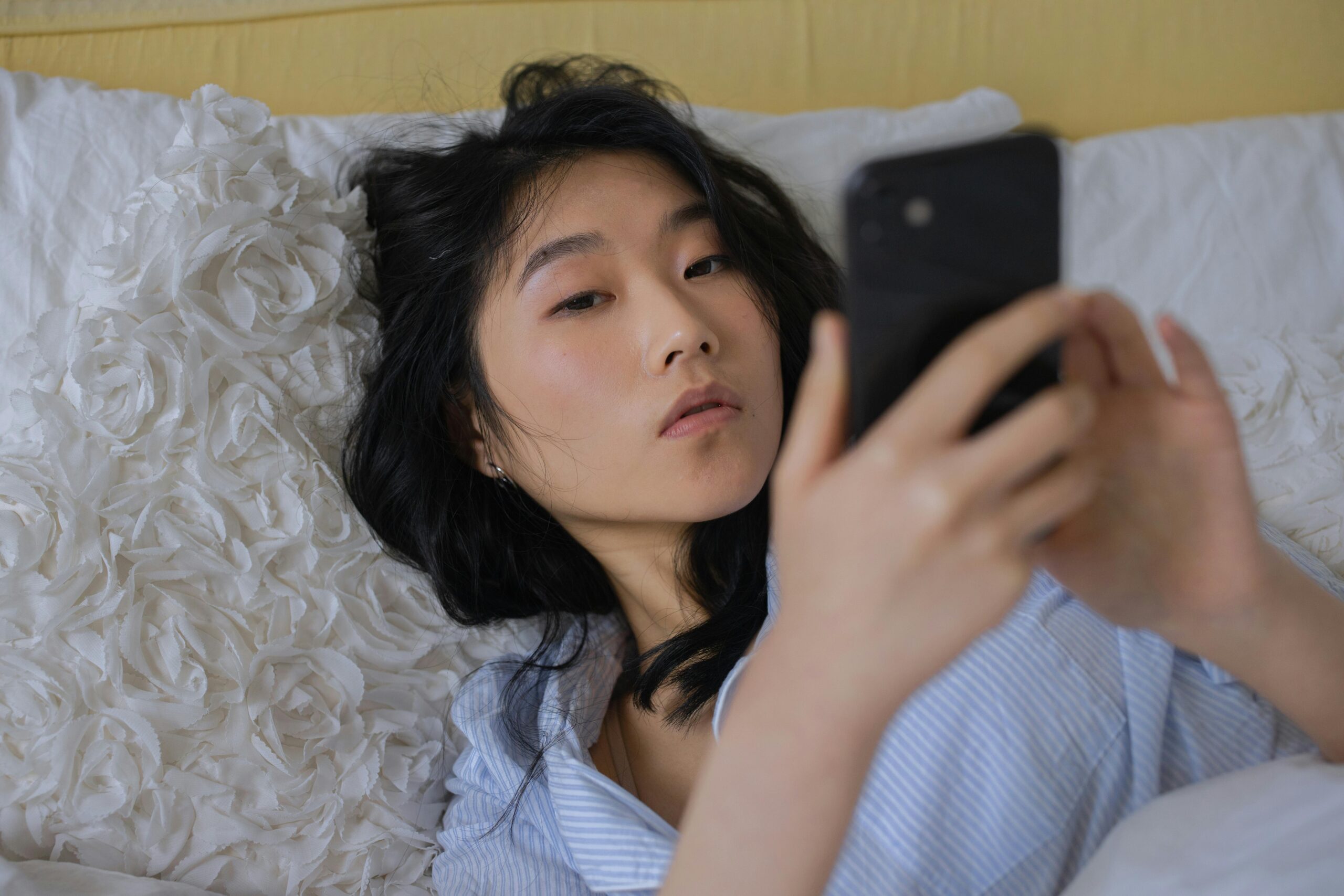According to the Indian National Crime Records Bureau, roughly once every 5 minutes an incident of domestic violence is reported across the country. In 2013 over 118,000 cases of domestic violence were reported which was also the highest rate of all gendered violence toward women.
Since 2003 the number of incidents have increased, but the bureau estimates that statistics could be deceiving as it is more likely that awareness around this crime has increased, as have the number of actual reports. Unfortunately many incidents never get reported due to social, cultural and patriarchal pressures that are still very pervasive in parts of India.
There are many factors that lead to a domestic violence situation. Culture, families, tradition and religious values play a part, but one aspect that is common with the Western world is the influence of media and entertainment. Bollywood is such a powerful industry not just in India, but with its influence across the whole world, that it is undoubtedly a source of inspiration and imitation for men and women.
A new campaign called ‘Frame Her Right’ created by the Half The Sky movement is zeroing in on the harmful effects of domestic violence displays in Indian cinema.
Just an aside, Bollywood is by far the world’s biggest producer of films, estimated to produce around 1000 films annually which is double that of Hollywood.
“There are many reasons violence against women continues in our society, and many ways in which each of us can start to bring this violence to an end. We’d like to start with what we love most: our cinema,” says the campaign page.
“To be clear, as artists, writers and entertainers, we work hard to uphold the freedom of expression – but we do also believe every parent and child has a right to make an informed choice before they view scenes that are violent or degrading to women.”
They want the Indian film censorship board to place warning signs at the beginning of every feature film that has scenes where a woman is the victim of some sort of domestic abuse.
“A new, more gender-sensitized cinema that places women in positive — rather than exploited and exploitable roles — will be a welcome change. However, violence against women didn’t start with the cinema and it won’t end there, which is why we also need to work hard to challenge the unjust and unequal conditions that make that violence possible.”
The idea is to frame women in a more empowering light and to make cinema-goers more acutely aware of the dangers of violence. In the campaign video below called ‘Uncensored’ they share some shocking facts.
50% of men claim women enjoy seeing these violence scenes. 51% of women ignore it. 32% of women claim it shows “manliness”, yet 95% of women feel threatened by it. 70% of women experience it at home. Here is the warning they are urging the censor board to include in certain films:
We wonder how many women would still consider violence “manly” if they recognized that it is a crime, and if they were able to see more varied definitions of masculinity in cinema?
Through its online games and mobile tools, on-ground engagement with its network of supporters, interventions at the policy level, as well as the support of partner NGOs, Frame Her Right hopes to bring about a more positive framing of women in media, as well as disrupt some of the unjust and unequal conditions that make women’s oppression possible.
The celebrity-obsessed culture we live in shows what a timely and vital message this is. It is unfortunate that there are institutions such as major sporting organizations and Ivy League universities which are more interested in protecting the reputation of a star and the money invested by sponsors and advertisers, and will go to any lengths to cover up crimes such as domestic violence and rape.
We saw how this affected the NFL when the video footage of former Baltimore Ravens player Ray Rice showed him beating up and dragging his fiance out of an elevator. The NFL claimed they had no prior knowledge, yet it took a simple email for Hollywood gossip site TMZ to obtain the footage, proving to the public that they have not handled domestic violence the right way.
On the same token, with the immense power and influence of celebrities, whether Hollywood or Bollywood, what we see on screen does affect audiences. Women deserve to be framed and portrayed in a positive light wherever possible, and violent films should absolutely carry a warning that what viewers are about to see is a crime. It sounds redundant, but when the statistics are the way they are, it’s time to reevaluate changing the culture, not just legislation, to ensure movie-goers are able to make better informed decisions about their viewing choices.
Indian cinema is not responsible for people who commit acts of violence obviously, but they can certainly play their part in changing the unfortunate status quo when it comes to domestic violence.
Take a look at the campaign video below:





















